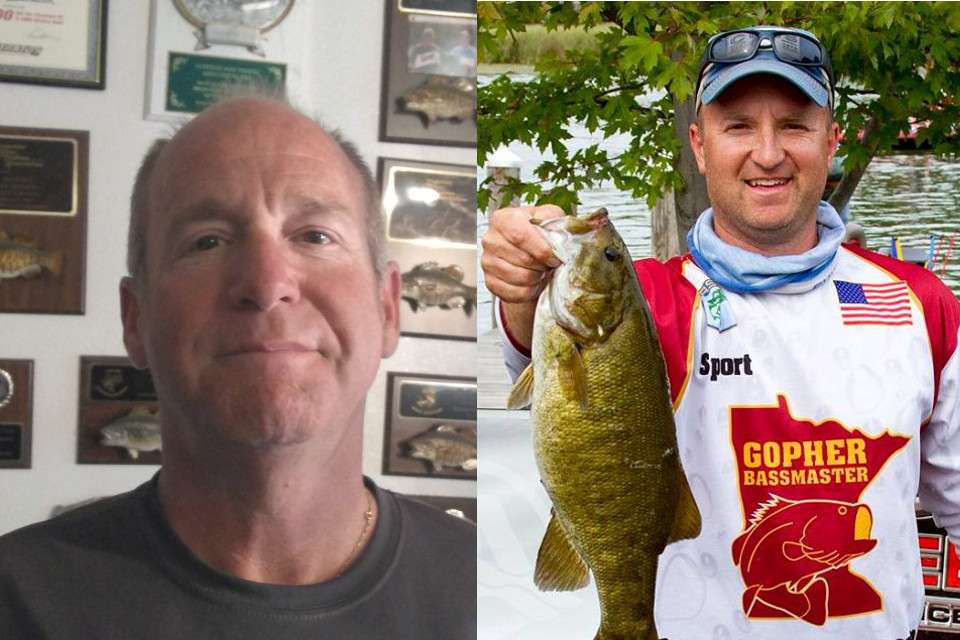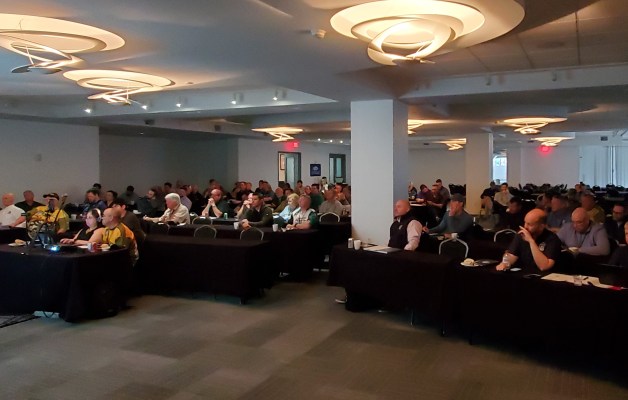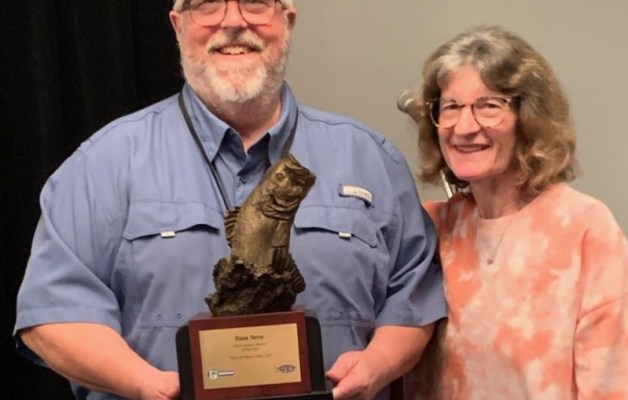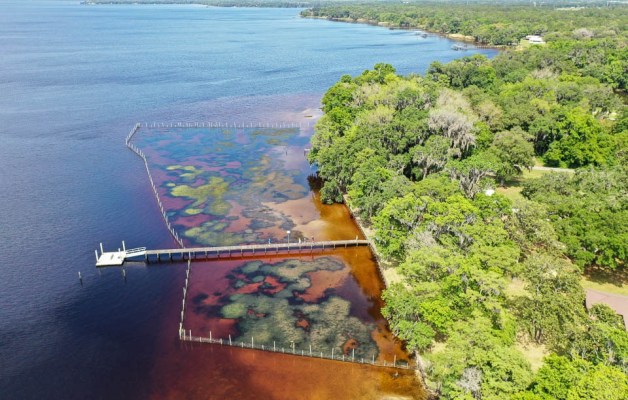
MINNEAPOLIS, Minn. – Specific goals vary, but two new B.A.S.S. Nation state conservation directors share a general objective.
“I want to grow in the job and impact the actions and decisions of our members and youth in a way that helps conserve the amazing natural resources we have here in Minnesota,” said Sport Smith, a member of the Gopher Bassmasters, as well as a “professional dad” and fishing guide.
Meanwhile, Idaho’s Lloyd Gilreath, a member of the Boise Bass Busters and retired grandfather of two “hopes to protect the sport I love for my grandkids and other youth to have the same opportunities I have had in learning about fishing and the great outdoors.”
Smith and Gilreath accepted the positions for their respective state organizations after the previous officers decided to pass the conservation torch; Smith taking over for Mickey Goetting and Gilreath for Glenn Ainsworth. Both previous CDs still provide valuable guidance to the new directors, helping them navigate the regulatory and political waters. Thus far, Gilreath said that he is relieved to learn that Idaho doesn’t seem to have as many conservation-related issues as other states. Rather, the former treasurer for the Idaho B.A.S.S. Nation emphasized his focus is “keeping what we have and improving on it.”
But in Minnesota, land of 10,000 lakes, it seems that zebra mussels are discovered in a new fishery at least once a week. In fact, the state could be considered Ground Zero for two of the biggest conservation issues nationwide, invasive species and access restrictions.
“Although the two issues may seem unrelated, one (invasive species threat) is being used by some to try to control the other (access),” said Smith, a B.A.S.S. member for 13 years.
“We need to work with lake homeowners and associations as well as local municipalities to ensure our lakes remain open to anglers, while also protecting them from a wide host of invasives,” he continued, adding that making certain that the public understands the issues “needs to be an area of constant effort.”
Smith believes that most Midwestern states have similar issues and concerns. National conservation director Gene Gilliland added, “Sport and the MBN are on the front lines of this issue. What happens in Minnesota may be a template for other states to follow in allowing, or not allowing, local entities to decide what is public water and who can access it.”
“We have a few big-name lakes in Minnesota that are currently hot topics due to competing management ideas,” Gilliland continued. “But these same issues play out on smaller lakes all the time without making the news as much as some of our larger lakes have recently.”
Fortunately, the Minnesota B.A.S.S. Nation (MBN) has a good relationship with the state’s Department of Natural Resources (DNR). “The creel survey program that MBN developed and helps promote provides great data that our fisheries managers may never have the resources to obtain without our help,” Smith said.
Since 2003, MBN clubs have provided DNR with a variety of information that helps determine fisheries management actions and policies. For example, maximum size and mean weights help reveal a lake’s size structure for bass and exploitation rate. Catch per effort aids with estimating standing stock and abundance.
In Idaho, loss of habitat in aging reservoirs is one of Gilreath’s greatest concerns, with C.J. Strike, a popular fishery in the southwestern part of the state of particular concern. “I’m proud to see the support that we have received for the planting project (at C.J. Strike),” he said.
With 6,758 acres, this Snake River impoundment is home to both smallmouth and largemouth bass, as well as trout, mountain whitefish, panfish, yellow perch and white sturgeon. Idaho Game and Fish describes it as “one of the most popular fishing reservoirs in the state due to its tremendous variety.”
Gilliland noted, “Building that positive relationship with Game and Fish is vital in Idaho to make sure that the state’s bass fisheries remain highly valued. We don’t want an expansion of the no-limit rules on smallmouth bass like those on the Columbia River in Washington and Oregon. Lloyd Gilreath is our point-man in that effort.”
In summarizing what he’s learned so far, Minnesota’s Smith concluded, “The position (state conservation director) is far more work than I had anticipated. Job duties seem to vary some, based on regions, but the passion for conservation and for bass, is a common thread among all the directors.”





